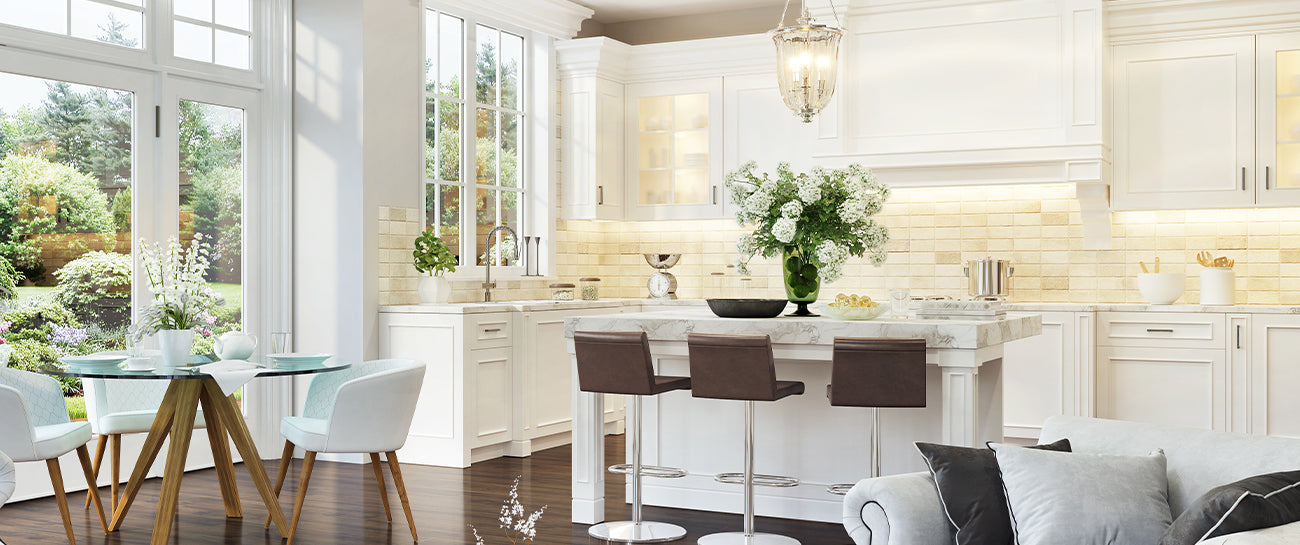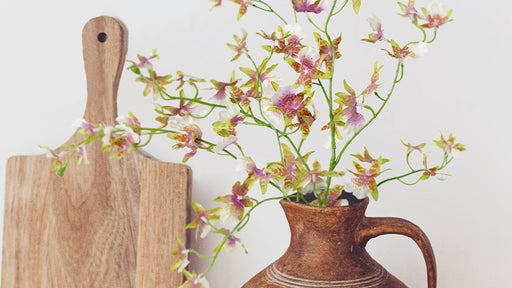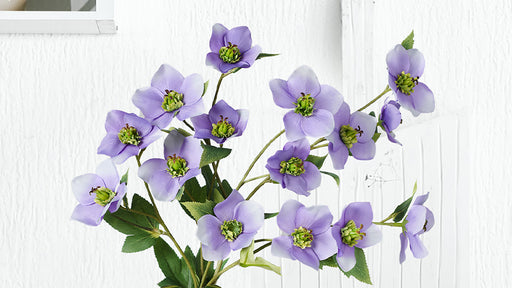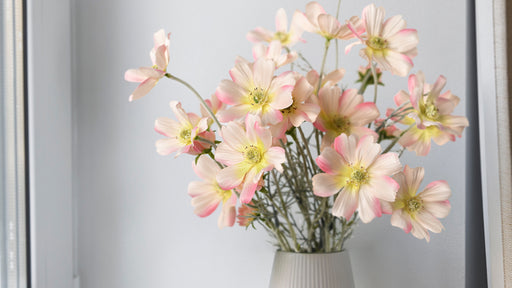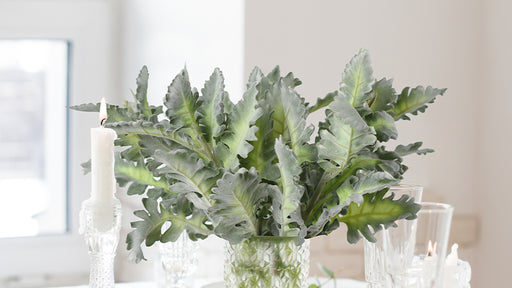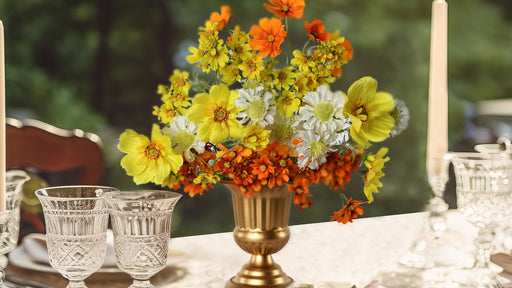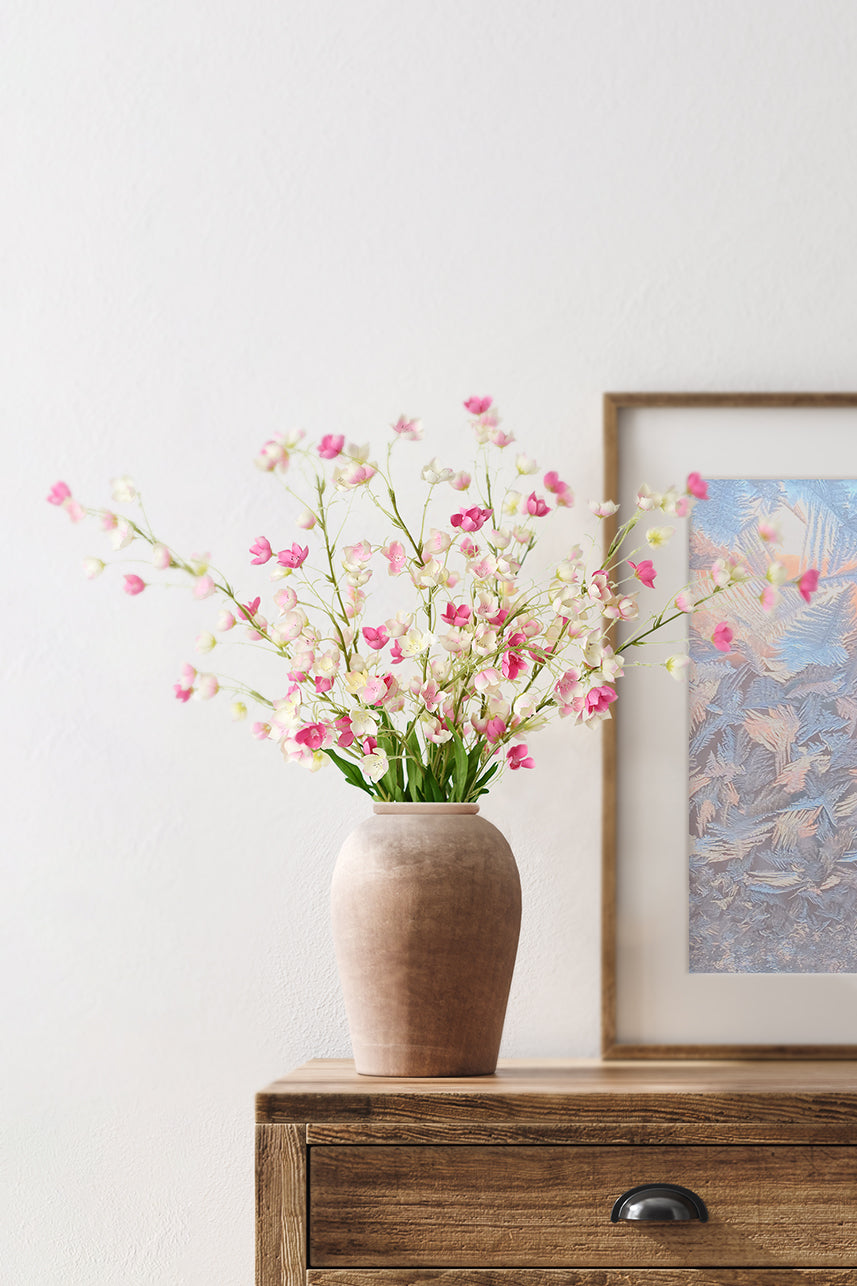A boutonniere is a small, elegant floral arrangement worn by men on their lapels for formal occasions like weddings, proms, and other special events. Boutonnieres have been a part of men's fashion for centuries and have evolved with different styles and designs to suit the occasion and the wearer's taste.
This article will explore the world of boutonnieres, providing ideas and inspiration for customizing your own for weddings and other events. We will also guide you through choosing the right flowers and materials for your boutonniere and teach you how to make a boutonniere from start to finish. Finally, we will share some tips and tricks on how to put on a boutonniere so that it stays secure and looks great throughout your event.
So, whether you are a groom looking for the perfect groom boutonniere, a groomsman searching for men's boutonniere ideas, or someone who wants to learn how to make a boutonniere for a special occasion, this guide is for you!
Boutonniere Ideas and Inspiration for Weddings and Events
Boutonnieres can be as simple or are some boutonniere ideas and inspiration for weddings and other events:
Classic and Timeless:
A single rose or calla lily with a few sprigs of greenery is a classic and timeless choice for any groom boutonniere or men's boutonniere. This simple design works well for traditional and modern weddings and can be easily customized to match the wedding colors.
Rustic and Natural:
For a more rustic and natural look, consider using wildflowers, herbs, or succulents for your boutonniere. These can be combined with twine or burlap for a charming, rustic feel perfect for outdoor or barn weddings.
Bold and Colorful:
If you want to make a statement, choose bold and colorful flowers for your boutonniere. Orchids, gerbera daisies, and ranunculus are great choices for adding color and personality to your lapel.
Themed and Unique:
For example, if you are having a beach wedding, a seashell or starfish can be added to your boutonniere for a touch of coastal charm.
Artificial Flowers:
These can be as beautiful as fresh flowers and a great keepsake for your special day.
Choosing the Right Flowers and Materials for Your Boutonniere
Consider the event's theme and color scheme when choosing flowers and materials for your boutonniere. Ensure they complement your attire and other accessories.
Keep in mind the size and shape of your boutonniere. Larger flowers like roses or orchids can create a bold statement. Smaller, delicate flowers, like baby's breath or ferns, can add a touch of elegance. Remember to consider the size of the lapel where it will be worn to ensure a balanced look.
Consider flower durability. Carnations and calla lilies are hardier and better for handling. Delicate flowers like hydrangeas and peonies may wilt easily. Artificial flowers are a durable option for DIY boutonnieres.
How to Make a Boutonniere: A Step-by-Step Guide
Now that you have some inspiration and have chosen your flowers and materials, it's time to learn how to make a boutonniere. Follow these step-by-step instructions to create your custom boutonniere:
Gather your materials:
Your chosen flowers, greenery, scissors or floral shears, floral tape, pins or a boutonniere pin, and any additional decorative elements like ribbon or twine.

Prepare your flowers and greenery:
Trim the stems and greenery to about 1-2 inches in length, and remove any leaves or thorns that might be in the way. If you're using fresh flowers, keep them in water until you're ready to assemble your boutonniere.

Arrange your flowers and greenery:
Start by placing your main focal flower or flowers in the center of your boutonniere. Then, add any additional flowers or greenery around the main flower to create a balanced and visually appealing arrangement. You can hold the stems together in your hand or use a small piece of floral tape to secure them temporarily.

Secure your boutonniere with floral tape:
Start at the flowers' base, wrap the floral tape around the stems, working your way down to the bottom. Be sure to pull the tape tight as you go, as this will help to hold the stems together and create a clean, professional-looking finish.

Add any additional decorative elements:
If you're using ribbon, twine, or other decorative elements, now is the time to add them to your boutonniere. You can wrap them around the base of the stems or tie them into a bow or knot for added visual interest.

Attach your boutonniere pin:
Finally, attach a pin or boutonniere pin to the back of your arrangement, making sure it is secure and will not poke through the front of the flowers. Your boutonniere is now ready to wear!
How to Put on a Boutonniere: Tips and Tricks
Once you've mastered how to make a boutonniere, it's important to know how to put on a boutonniere properly to ensure it stays in place and looks great throughout your event. Here are some tips and tricks for putting on a boutonniere:
Choose the right location:
The boutonniere should be worn on the left lapel of your jacket, approximately halfway between the top of the lapel and the pocket square or chest pocket.
Position the boutonniere correctly:
The boutonniere should be placed with the flowers facing outward, and the stems pointing toward your heart. This will ensure that the boutonniere looks its best and will not interfere with any other accessories you may be wearing.
Secure the boutonniere with a pin:
Using a boutonniere pin or a regular straight pin, carefully insert the pin through the back of the lapel, through the stems of the boutonniere, and back out through the lapel. Be sure to angle the pin slightly downward to help keep the boutonniere in place and prevent it from falling forward.
Check for stability and balance:
Gently tug on the boutonniere to make sure it is secure and will not fall off. You may need to adjust the placement of the pin or add additional pins if necessary. Also, check that the boutonniere is balanced and not tilted to one side.
Final Thoughts on Mastering the Art of Creating a Boutonniere
Mastering the art of creating a boutonniere can be a fun and rewarding experience. You will learn a new skill and have the satisfaction of knowing you've created a beautiful and personal accessory for your special event.
Whether you're a groom looking for the perfect groomsmen boutonniere, a groomsman searching for men's flowers for weddings, or simply someone who wants to learn how to make a boutonniere for a special occasion, we hope this guide has provided you with the inspiration, knowledge, and confidence to create your custom boutonniere.
So, gather your materials, choose your flowers, and start creating your one-of-a-kind boutonniere to make your special day even more memorable. Happy crafting!

